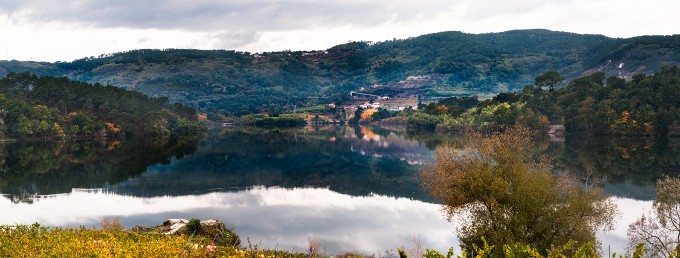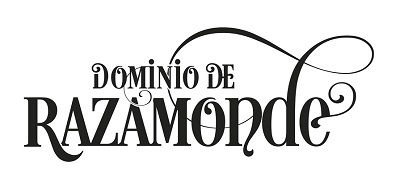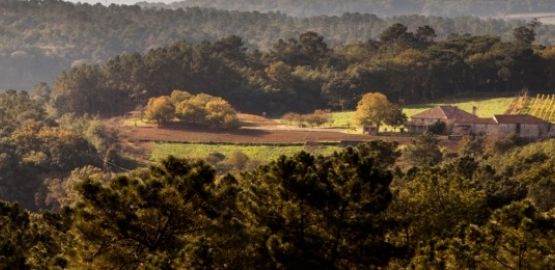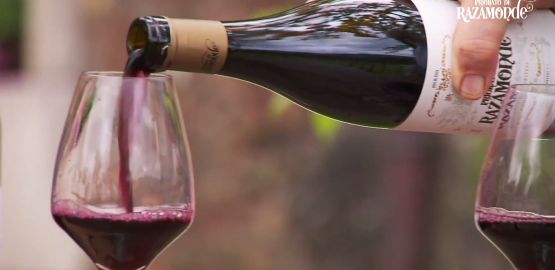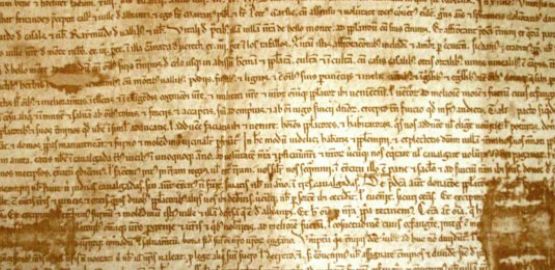The Ribeiro has a long winemaking tradition closely linked to exports through the Atlantic ports.
It is known that in the second half of the second century BC, wine was already made in the Ribeiro. With the arrival of the Romans, the cultivation of the vine developed and from medieval times until the 18th century, the Ribeiro was famous for its wines and for its "toasted" or sweet wines, made with sun-dried grapes. Galician wine has traditionally been consumed by pilgrims on the road to Santiago de Compostela and even exported to England and America during the 15th and 16th centuries. There is documentary evidence of the shipment in Ferrol to America of 127 Ribeiro wine pipes in 1592.

In the second century BC, wine was already made in the Ribeiro
The Ribeiro Designation of Origin is one of the oldest in Spain, since it was established in 1932. However, in 1594 the Ribeiro was already protected by the Municipal Ordinances of Rivadavia, which already determined the places and parishes that could produce and sell wine from Ribeiro, what manipulations were allowed and what sanctions would those who violate said Ordinance have.
The Priory of Razamonde - Ribeiro Alter Wine
In recent years, Ribeiro wine has resurfaced strongly, betting on the autochthonous varieties that gave it its name, on the basis of recovering old plantations and creating new ones, as well as improving the quality of its elaboration process in the winery. In fact, today viticulture continues to be one of the main occupations of its people and an important source of income.
